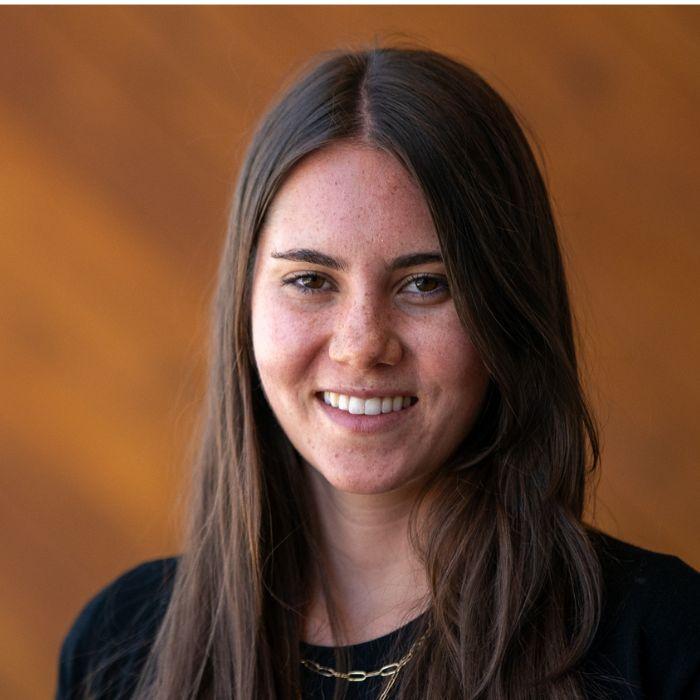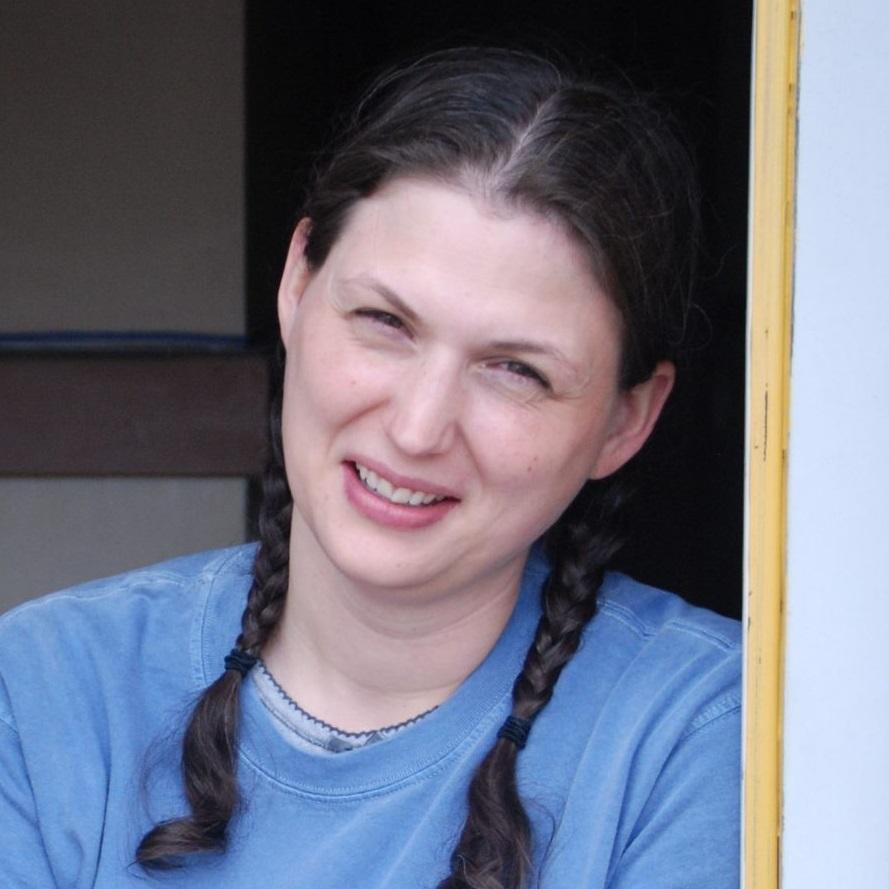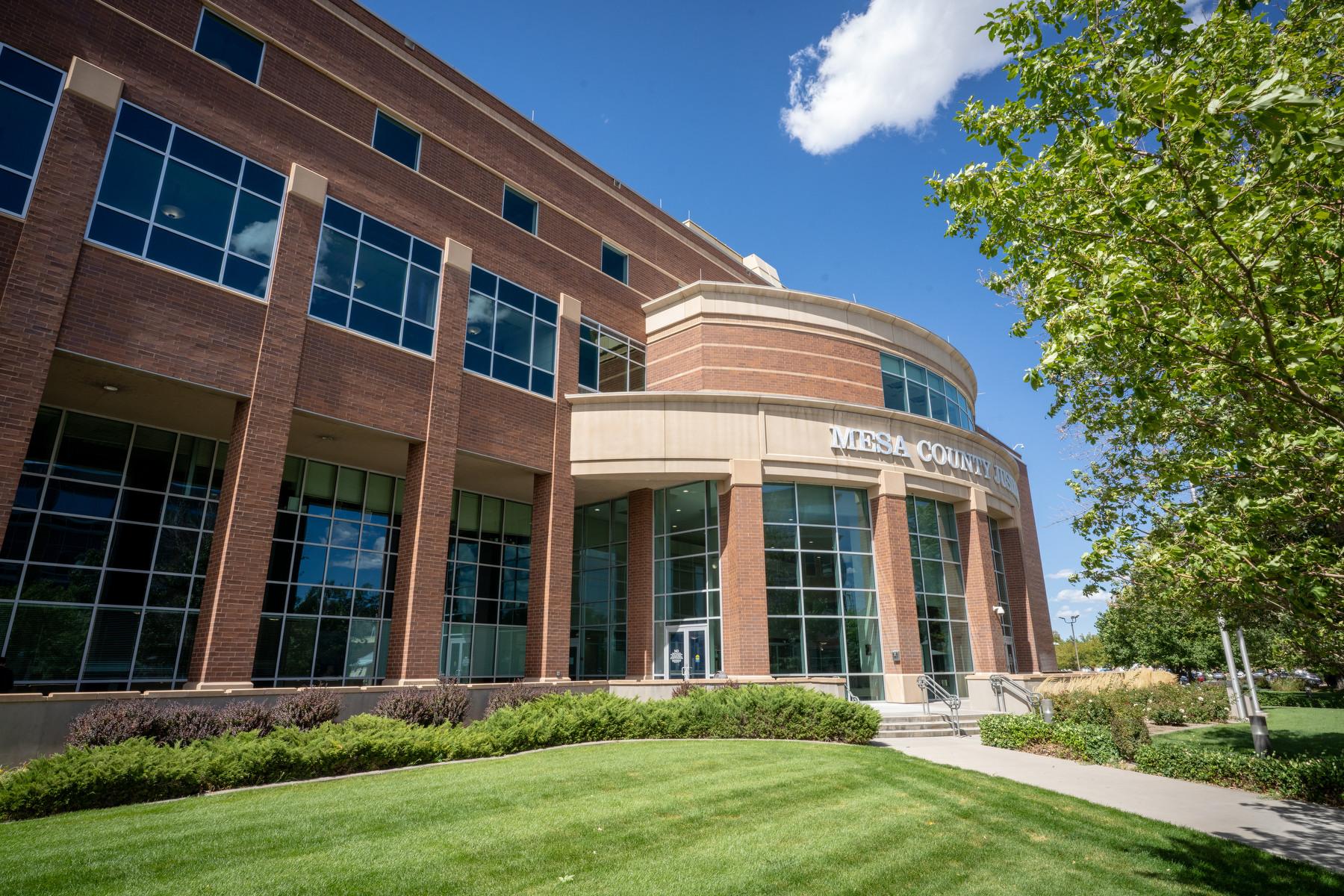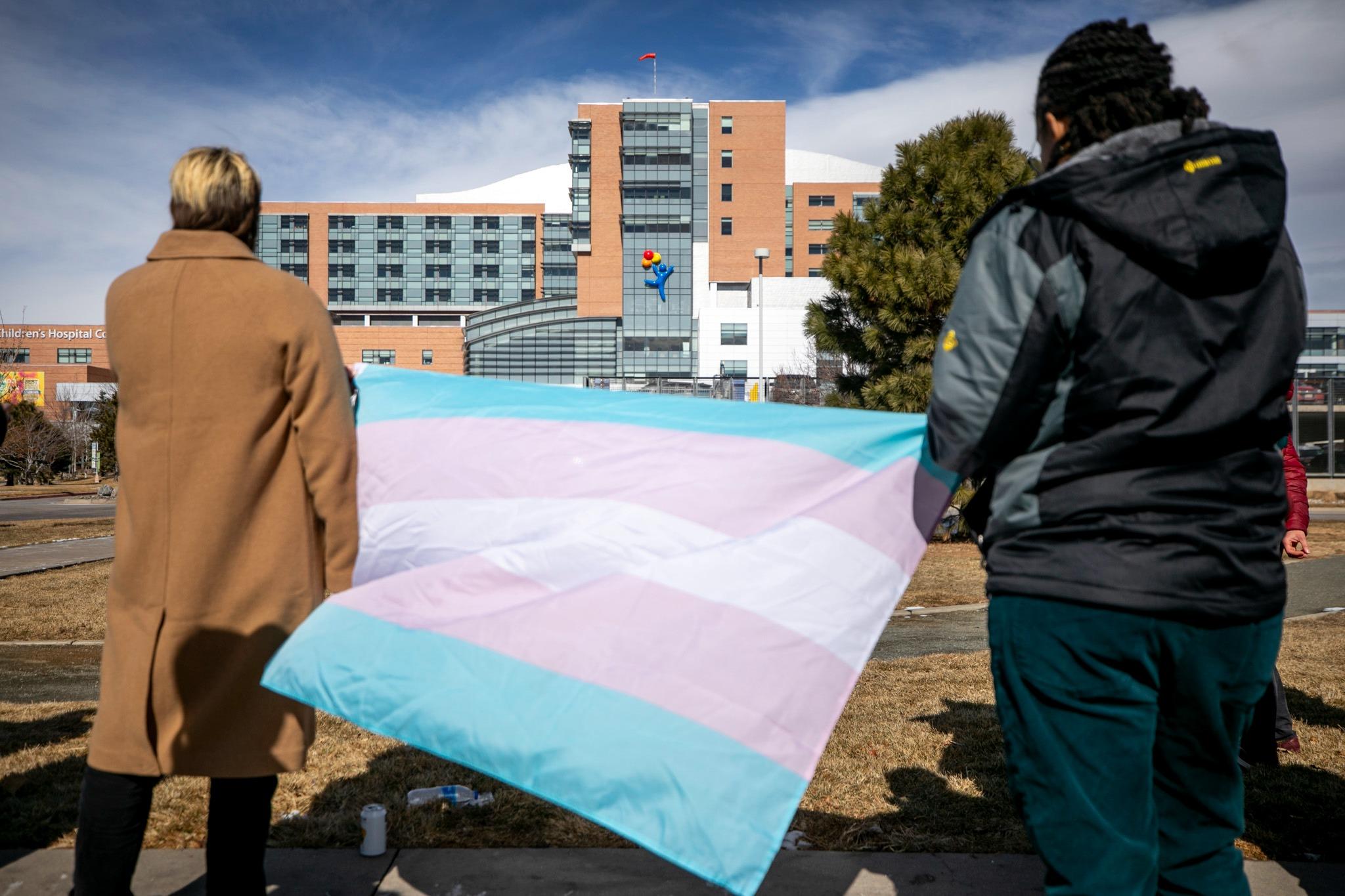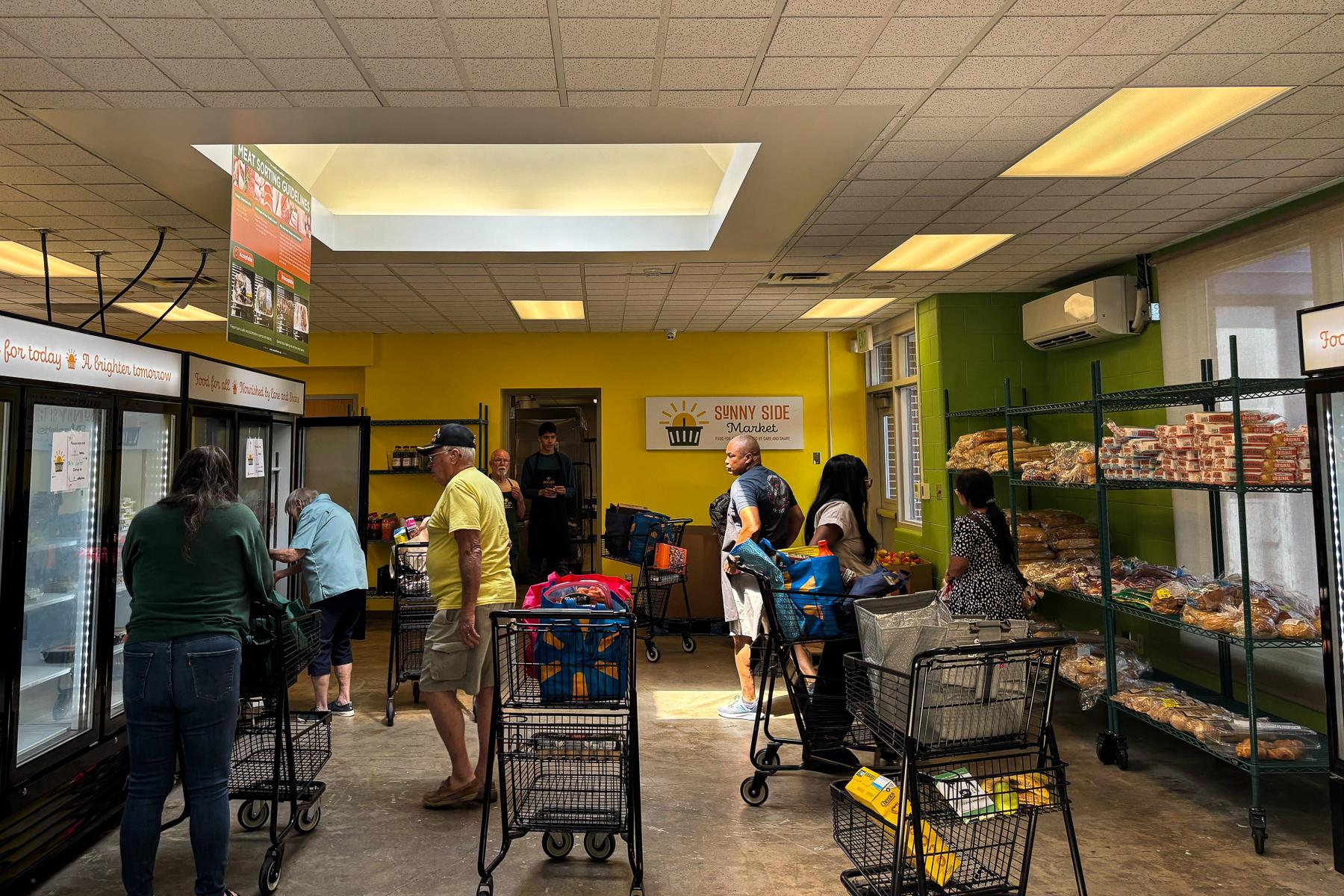
It’s a Wednesday afternoon at the Sunnyside Food Market in Colorado Springs, a no-cost grocery program run by Care and Share Food Bank. The line is out the door.
The number of people relying on the market is steadily growing, according to volunteer Mary Lasch. That's just as the quantity of food on the shelves is shrinking.
“Seeing the increase in the line of people that are coming versus the food that we are able to distribute, we really have to balance that so we can make sure that every person that comes in gets something to take home," she said.
Food banks across Colorado are facing a perfect storm: recent cuts to federal food assistance programs are driving up demand while simultaneously shrinking the supply of food available for distribution.
Supporters of federal food program cuts say the changes will help prevent fraud in the system. A statement from the White House, for example, said the cuts will ensure food assistance is going to the “truly needy.”
But Stephanie Gauch from Weld County Food Bank said many families are leaving without enough to eat now.
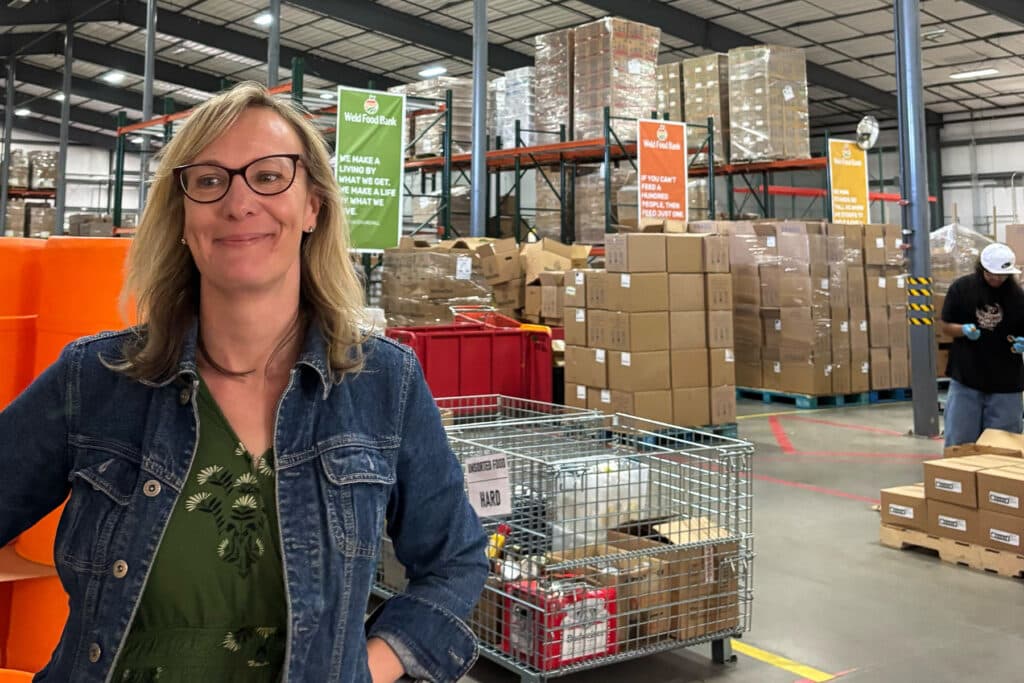
“I think as a mom, as a parent, it's my absolute worst fear that I wouldn't be able to provide for my kiddos. And to look into the eyes of another parent and know that we aren't able to give them what they need to feed their kids that night is hard,” she said.
On the Western Slope, executive director Sue Ellen Rodwick also said Food Bank of the Rockies is struggling too.
“We are having to get creative in finding new sourcing opportunities and distributing less food to each person.”
Federal cuts hitting food bank supply
Care and Share is a regional food bank based in Colorado Springs that serves 29 counties across Southern Colorado. The organization collects and distributes food to 291 pantries, like Sunnyside Market.
The food bank sources one-third of its food from TEFAP, the Emergency Food Assistance Program. The federal program lets food banks buy in bulk for pennies on the dollar from the USDA.
Nate Springer, CEO of Care and Share, said the organization has seen a 37 percent decline in the amount of food available to purchase through TEFAP due to federal cuts that began in April of this year. That loss amounts to about four million meals they are now unable to provide to families.
Additionally, Care and Share has lost $1.35 million in its purchasing budget to source food, Springer said.
“What's scary about that is it's not just that we don't have the purchasing power to acquire it, the food just doesn't exist in that program,” he said.
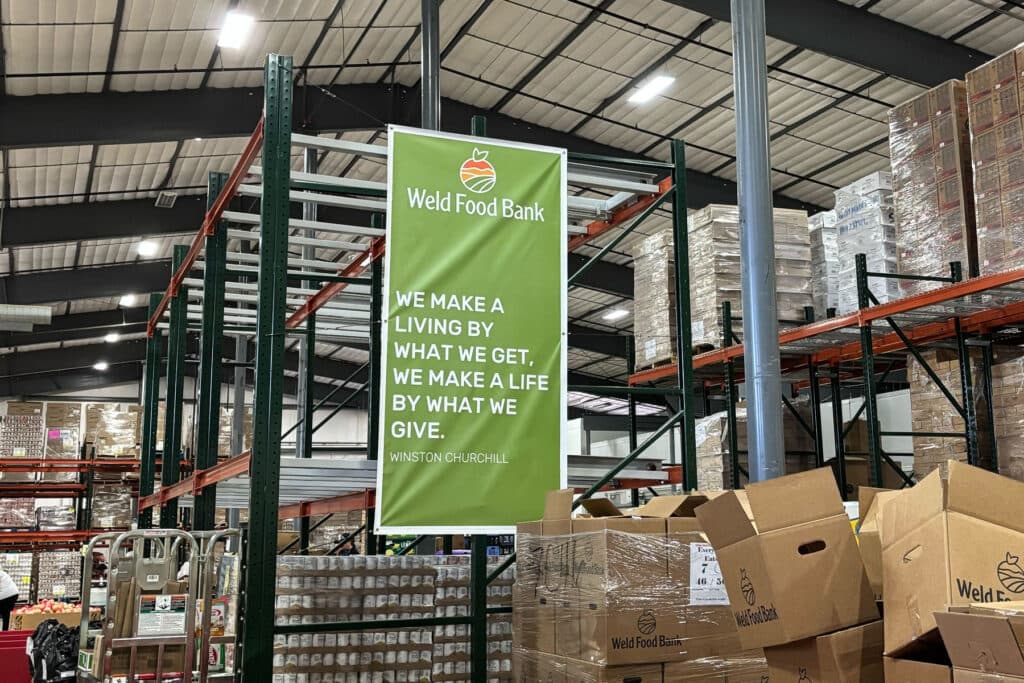
In the heart of the Care and Share warehouse, the shortage is clear — some shelves are bare and there are fewer pallets that tell the story of a system under strain.
“When I first started a year ago, all these were filled, we actually were running out of places to put food. And now you can look out and see how much food we are missing,” said Adam Uhrnick, spokesman for Care and Share, when pointing out the gaps in the shelves.
The organization distributes a total of 25 million pounds of food per year, coming not just from federal nutrition programs, but also from suppliers and community partners. However, Springer said the organization will likely face financial challenges to fill the gaps caused by TEFAP cuts.
“We have lots of ways that we get food, lots of ways we acquire food, but there is absolutely no way to replace that purchasing power,” he said.
Weld County Food Bank is also having to stretch its resources amidst the federal cuts. Workers there aren't optimistic about being able to fill the gaps.
“We will be about $2 million short just to meet our needs right now, and without federal support around the nutritional safety net programs, food banks cannot fill that gap. Donated food cannot fill that gap,” said Stephanie Gauch.
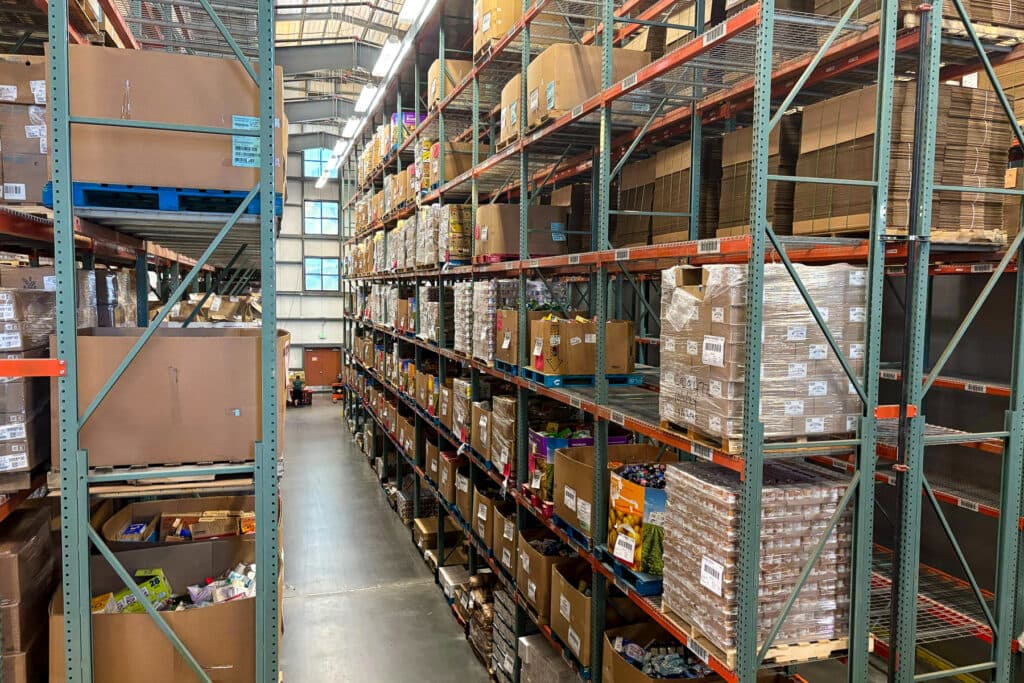
Federal cuts increase demand
Not only are food banks left with less available food, but demand for food assistance is surging as more people than ever are losing access to SNAP benefits and Medicaid, and are struggling with the overall rising cost of living.
The so-called One Big Beautiful Bill passed by Congress is also tightening eligibility for SNAP (Supplemental Nutrition Assistance Program), previously known as food stamps.
“The federal bill that was signed on July 4 is the largest cut to federal nutrition programs in history," said Springer. "So this isn't cyclical. A lot of times, we'll have a different administration come in and funding will ebb and flow. This is the largest cut to every federal nutrition program since their inception.”
To qualify for SNAP, individuals must work or volunteer at least 20 hours per week, unless they are in an exemption category.
On Oct. 1, those exemptions become more stringent.

Springer explained that the age exemption for SNAP work requirements will rise from 54 to 65, meaning many older adults will now need to meet work criteria. The definition of a dependent child is also changing, and parents will only be exempt if their child is under 14, instead of under 18. Veterans, people experiencing homelessness, and former foster youth will also lose their exemptions and must meet work requirements as of October 1 to maintain benefits.
Additionally, prior to these policy changes, SNAP recipients received $180 at the beginning of every month for groceries. That will be lowered to $150.
“Why that's scary is that across the country, people run out of money at the $180 level, at about day 18 of the month,” said Springer. “So when you think about the last time you went to the grocery store, now consider you have $150 to get through the month.”
Springer said these cuts in SNAP are going to bring a flood of new people in need of food, and there won’t be enough resources to adequately support this increase in demand.
Gauch said Weld County Food Bank has already started to see three times as many people coming to the food bank this year. She expects that to “exponentially increase” when the SNAP changes roll out in October.
Community members feel the impact
At Sunnyside Market, individuals are seeing the shifts already.
James Morris and his service dog come to Sunnyside Market weekly, and have concerns about the implications of the federal cuts.
“I'm fearful. I'm fearful for how things will go and how things might turn out,” Morris said.

Darrien Callian, another regular at Sunnyside, noted seeing shifts in food on the shelves.
“We've noticed there has been a little bit of a cutback here where we don't see a lot on the shelves,” she said. “It has been a little concerning and we're hoping that there's some funding that can come back and help.”
When shopping, Darrien inquired if there was any meat available, since none was out in the fridges.
“Sometimes you have to ask for bigger families if there's extra meat in the back.”
There was no meat at the pantry that day.
In Weld County, the food bank is also struggling to provide well-balanced food packages to neighbors in need.
“I can’t guarantee we will have meat accessible, or dairy, or eggs; those things have become so cost-prohibitive," said Gauch.
But the Southern Colorado community continues to help out where they can
Mary Lasch has volunteered at Sunnyside since 2016. She shows up week after week.
“For kids to come in and say, Mom, can we get apples? We haven't had apples. And for them to just grab an apple and bite an apple is just very rewarding to know that I made a difference today in my community.”
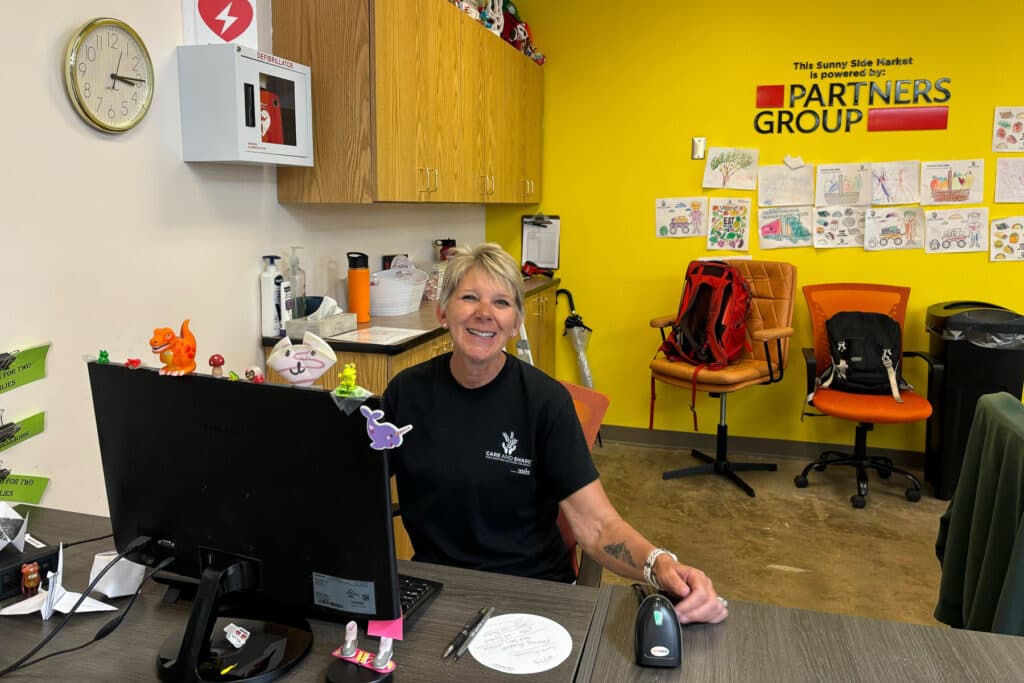
Nate Springer is hopeful that Care and Share can continue supporting the Southern Colorado community.
“The good news is that Care and Share Food Bank has been around for 51 years. We're in a good position to weather the storm … albeit at a lower level of food because there's going to be a lower level available in the system.”
CPR's Bente Birkeland contributed to this report.
